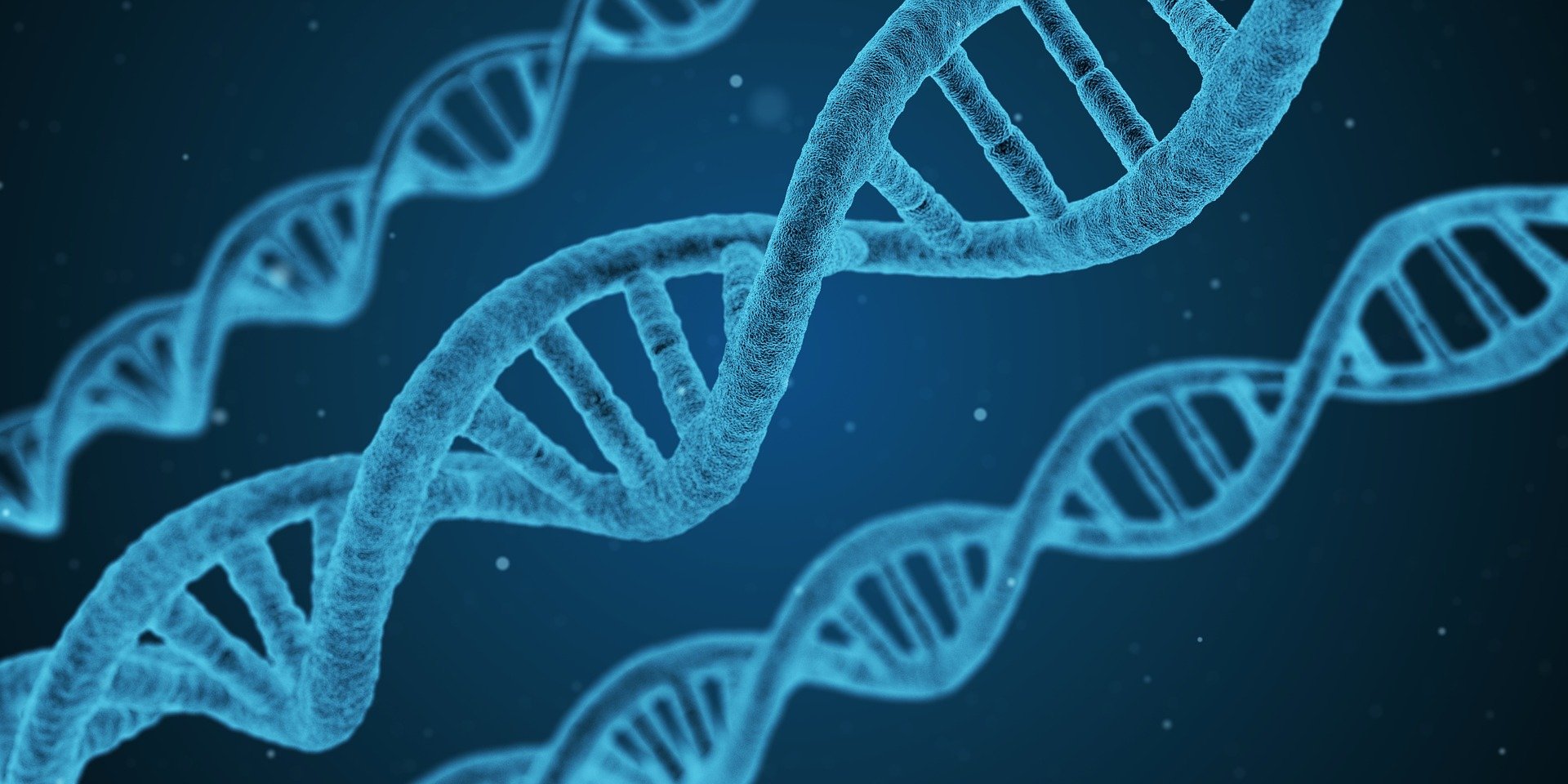Personalized Cancer Prevention Program
Recent major advances in basic and clinical cancer research are leading to increasingly
personalized approaches to cancer treatment. There is an urgent need to develop
similar approaches to cancer prevention.
There are significant differences in cancer susceptibility among individuals of the two sexes and of different genetic ancestries that can cannot be only attributed to different life styles. A complex interplay between genetic and epigenetic determinants can have a different and at times opposite impact on predisposition to various cancer types. There are also substantially different responses among individuals to anti-cancer treatments, in which sex- and ancetsry-related differences play a part. Cancer risk is the combined result of concomitant alterations of cancer cells of origin, the stromal compartment and organismic functions, most notably the immune system.

We aim at establishing an innovative program and new paradigm in personalized cancer prevention, at the interface between basic and clinical research with Head/Neck and skin cancer (Squamous Cell Carcinomas, salivary gland tumors, melanomas) as benchmarks of major clinical significance. Within this framework, we will consider cancer prevention, in two of its main forms, secondary and tertiary :

I. Primary Cancer prevention
Aimed at reducing overall incidence of various cancer types at various human populations level, lifestyle, aging, gender/sex, ethnicity/ancestry, infectious diseases and vaccination.

II. Secondary Cancer Prevention
Aimed at early detection of premalignant and confined malignant lesions and identification of high risk lesions in need of more radical treatment, at the level of individuals of the two sexes and of various genetic ancestries,as they are part of the local Swiss / CHUV patients’ population.

III. Tertiary Cancer Prevention
Aimed at preventing cancer recurrence and appearance of “secondary primary tumors” after removal of the primary cancer, at the level of individuals of the two sexes and different ancestries.
Unique approaches on which the program is based :

A) Acquisition of Head/Neck and skin cancer samples and matching normal tissue from male versus female patients recovered from the clinical practice (at the time of surgical excision and from relapses ), with (i) culturing and characterization of the corresponding cancer cells of origin and surrounding stroma cells; (ii) concomitant genetic (SNP profiles) and epigenetic (transcriptomic / DNA methylome profiles) analysis.
B) Establishment of patients-derived organoids with retention of cancer cells and surrounding stromal cells, for (i) targets identification; (ii) testing of available drugs for prevention of premalignant to malignant cancer conversion and decreased risk of cancer recurrencies and spreading after removal of primary lesions.